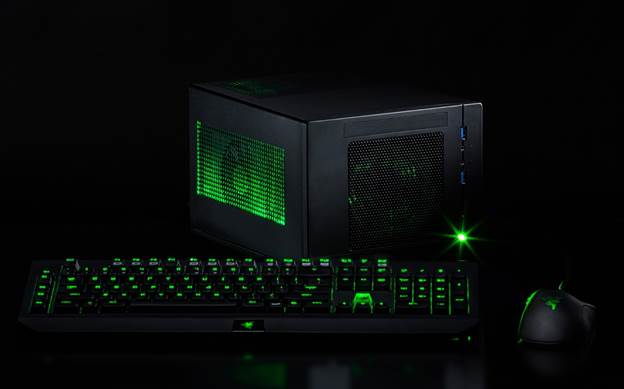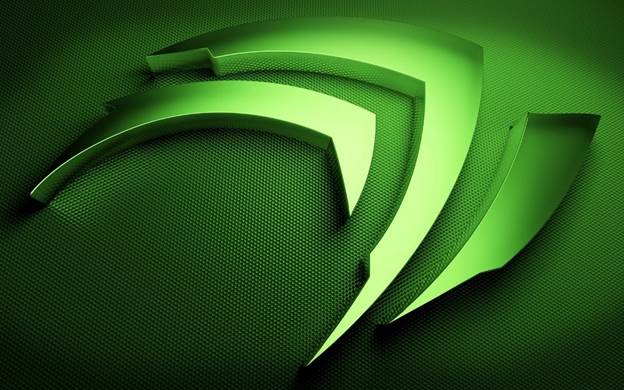The Inaugural Maxwell Card - NVIDIA GTX 750
Ti (Part 3)
A Portent Of Things To Come…
The frame buffer is another part of the
story though. The GTX 750 Ti is running with a pair of 64-bit memory
controllers for a total 128-bit aggregate memory bus to run its 2GB GDDR5 VRAM.
That doesn’t seem like much, but on a mainstream part it can be expensive to
double the memory controllers in terms of both cost and power. NVIDIA has
therefore decided to improve the internal bandwidth. And to make sure the
bandwidth of the 128-bit bus isn’t an issue, the GM107 comes with a hefty 2MB
of l2 cache. Compared with the GTX 650 Ti’s 384KB of l2 cache that’s quite a
jump, and helps to ensure that the VRAM isn’t such a bottleneck.

The GTX 750 Ti is running with a pair of
64-bit memory controllers
All this talk of efficiency and elegant
design solutions is one thing, but how does she actually perform in the real
world? Well, we might have to start managing expectations for Maxwell – this
isn’t a massive leap forward in graphical performance on a card-for-card basis.
The GTX 750 Ti performs at around the same sort of levels as the now-retired
GTX 650 Ti Boost. In some benchmarks it’s quicker and in some it’s slower, but
generally speaking it’s much of a muchness. These are GPUs retailing at similar
price points and it’s essentially a like-for-like replacement.
The future’s small
Without any architectural details, it
would be easy to see the benchmarking data and conclude that NVIDIA has been
following AMD’s rebrandathon approach to ‘new’ GPUs. If you were just looking
at the frame rates, then you might conclude that it was just a GTX 650 Ti Boost
with a new sticker.

GeForce GTX 650 Ti Boost Specifications
It is clearly different, though, when you
look at the board itself, the temperatures it hits under load and at the amount
of power it’s drawing out of the wall. For a start, this board is tiny – NVIDIA
is confident we’ll see some half-height designs – and because it also draws all
the power it needs from the PCIE bus, it doesn’t need any external power
connectors.
That’s exciting because it means that
those poor folk who are sitting on some plain ol’ Pc without the sort of PSU
that doesn’t have the capacity or PCIE connector to spare for a modern graphics
card now have an upgrade path. The GTX 750 Ti will happily potter along at over
30fps in most modern games at the highest 1080p settings. That means you can
drop the settings down a notch and get great gaming performance. Some of the
minimum frame rate numbers aren’t looking too healthy, but that could be a
result of immature drivers for what is a brand new GPU architecture.

The GTX 750 Ti will happily potter along
at over 30fps
in most modern games at the highest 1080p settings.
This all bodes well for the future of the
20nm, second generation Maxwell GPUs that will form the vanguard of the GTX 800
series. If the GTX 680 was an impressively efficient top-end card at the time,
then the GTX 880 ought to be something rather cool, quiet and powerful. We’re
also hoping for some svelte single-slot 8800Gt tribute acts too.